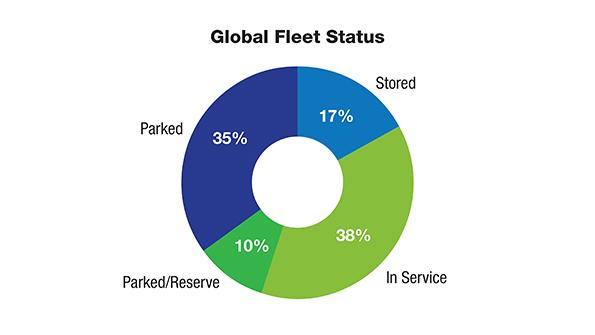
My son just graduated from high school during a pandemic, global warming, worldwide recession, and riots in the U.S. following the death of George Floyd. This is far from the environment in which I want to launch him into the world.
His virtual commencement speaker, Chris Cox, former Facebook chief product officer, acknowledged this isn’t the ideal time to be graduating but pointed to Isaac Newton, who fled Trinity College in Cambridge to escape the bubonic plague in 1665. While quarantining at home, he created new insights into math—helping to develop what is now calculus. He also studied optics and found that white light is composed of a spectrum of colors. Newton also contemplated how the universe worked and in so doing discovered gravity.
Most people’s pandemic productivity is nothing like this, but it is good to focus on what you can do and consider the possibilities. What adjustments and business improvements can you make during this stressful time?
One positive is that airline traffic is starting to rebound. Chinese airlines carried 1.04 million passengers on June 5, the first time this has happened since Jan. 28, according to the Civil Aviation Administration of China.
Aviation Week’s Fleet Discovery data shows that the number of parked/reserve aircraft (those flying 1-2 days per week) has increased from 2,670 on May 14 to 3,153 on May 28, meaning that airlines are preparing to resume more flights. Also, in May the 10 largest European airlines showed a fairly steady increase in flight hours but only a very slight increase in cycles, indicating more actual revenue or cargo flights, as opposed to those needed to retain parked/reserve or idle status.
The number of aircraft that have moved into long-term storage has also increased, suggesting that airlines are taking steps to position their assets in accordance with their recovery plans.
Parts sales, especially for those on the lower end of the price spectrum and PMA parts, started to pick up for several companies in May.
Given that MRO revolves around maintaining the worldwide fleet, gaining an understanding of its composition is a big step forward for the aftermarket. Now we just need people to resume flying.
That process won’t happen as regally as the “Pomp and Circumstance” march written by Sir Edward Elgar in 1901, but hopefully the march will be steady. So less pomp, but the circumstances are starting to look positive for our industry’s recovery. June should be a good indicator.
Hold your chin up and move forward!




